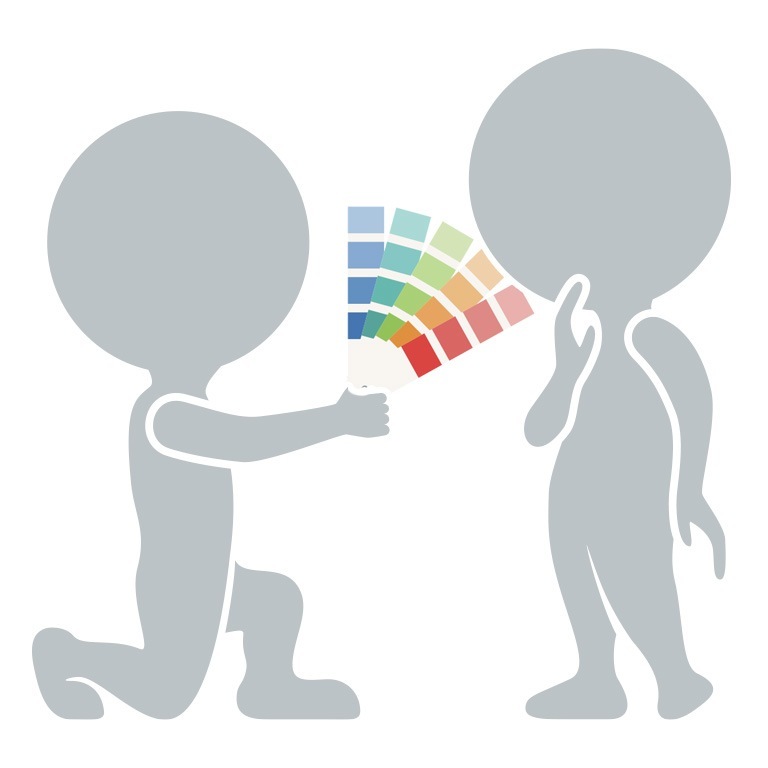Following on the heels of the popular ticket price article from June 1st, 2006 the Wall Street Journal published an article by Jacob Hale Russell on June 4th that reports on the "The Price Is Right. Or Is It?" session from the 2006 ASOL conference. According to the article, it appears my forecasts weren’t far off the mark…
As the article reports, the session included examples of some ensembles that have instituted new sales strategies and although some report to be successful in selling more tickets (especially single tickets) none of them compensate for overall lower ticket revenue. Unfortunately, it appears that the session didn’t focus much, if any, time on the necessary changes orchestras will need to implement on the strategic level to marginalize this problem (granted, of the several folks I’ve talked to that did attend the session, none of them attended the entire session; as such, there’s still a chance that topic may have been covered).
On the positive side, the article asserts that data revealed at the session indicates that the highest range of ticket price increases resulted in overall lower cumulative ticket sales. The article goes on to stress concerns over the sustainability of such sales practices.
In a strange way, the situation appears to be unfolding like a 12-step program: the orchestra business, which has become physiologically dependent on a habit-forming subscription sales device, is coming to terms with the results of such habits by admitting it has a problem. Unfortunately, too many orchestras out there that don’t have the luxury of time to plod along through all 12 steps of recovery. Instead, they need some rapid-detox.
Interestingly enough, the comment based discussion from the June 1st article touches on a basic concept which would work to most orchestra’s advantage. In particular, the idea of educating audience members about the "value" of a concert ticket working toward an overall increased willingness to pay higher ticket prices.
Unfortunately, I don’t think that such a strategy will work on an audience-wide basis in the short-term future. However, if you apply a traditional thought process that it takes less effort and resources to sell one person a $100 ticket than 100 people $1.00 tickets, you can successfully use the previous strategy from a development approach. In essence, from a short term perspective, it’s easier to convince capital level donors to give money toward ticket price subsidies than attempt to convince each ticket buyer to pay more.
Using this attitude, orchestras need to launch capital campaigns designed to subsidize the lost ticket revenue. When implemented properly, the process of successfully raising the capital funds while also increasing ticket sales through lowered average prices and lower cost-to-sell ratios forms an enhanced combination effect resulting in an organization twofer: larger audiences at an even or lower cost without sacrificing overall revenue.
Postscript: I’m very pleased to see papers like the Wall Street journal include additional coverage of cultural issues, even if it is only available online. In the end, more discussion is good discussion.



Following up on Chuck’s last comment in the June 1 blog (Part I of this discussion), I have some insights from a “non-classical music” arts event that might be of interest (or not). In St. Louis, there has been for the last 6 years a free production in Forest Park, of one play in an outdoor setting, by the Shakespeare Festival of St. Louis. (It’s “Julius Caesar” this year.) I volunteer with them, and one thing I do is drum up the audience for donations. On a good night, there can be over 2500 people in the crowd. On average, we don’t even average $1 per person for donations. We’re lucky to get $0.50 per person.
>From experience, I can say that the great majority do not give on site, but then one family will donate $10 or $20. Quite a few people do deposit loose change or $1, especially after hitting the caterer or the coffee/smoothie stand. But the fact that most people will not give even a dollar, especially given the quality of the production, says something, I think. In fairness, probably a good number of those audience members may cut a check later on in the year and send it in.
To test the “live” generosity of the audiences that show up, there’s a challenge grant which will match all donations made physically at the play, in the park, up to $25K. I am not at all sure that we will make that goal. Fortunately, it’s not an all-or-nothing deal, but still, given that well over 25,000 people have attended past productions, one would think that live fund-raising would be a piece of cake. Not always, sad to say.